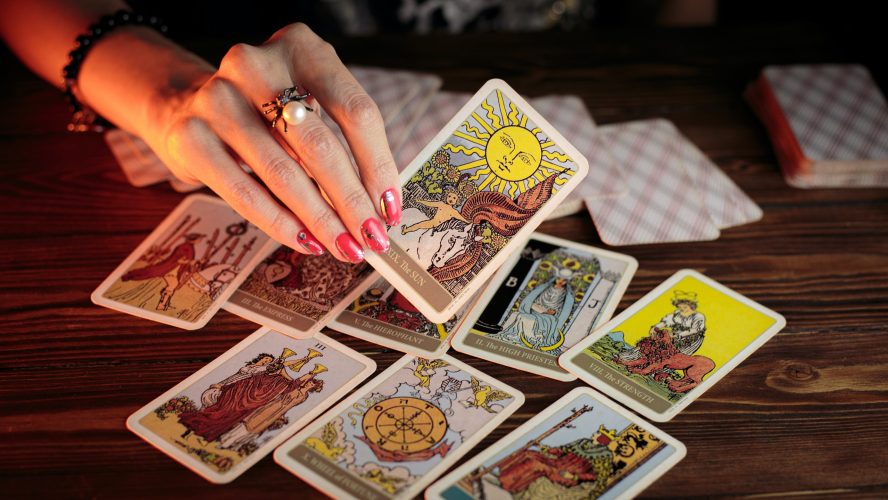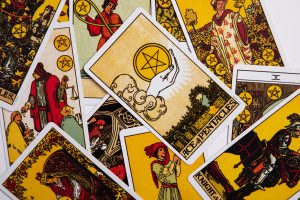
"I think of tarot as a little light, like a torch, shining a light on the places that we can't see with our human eyes or are not able to understand, and it gives me another perspective."
Shobana Cooke, Tarot Card Reader

Think of tarot cards, and you probably instantly imagine a crystal ball-gazing fortune teller, and it’s true that tarot card reading is a traditional method to gain insight into the past, embrace the present, and/or look into the future. But the process also allows you to turn the lens inwards, says Shobana Cooke, Sri Lanka-based astrologer and tarot card reader, in my podcast, where we explore how tarot can be used to promote healing. Cooke says, “I think of Tarot as a little light, like a torch, shining a light on the places that we can’t see with our human eyes or we are not able to understand; and, it gives me another perspective.”
Aside from being a tarot card reader, Cooke dons several other hats. She works as an astrologist and a homoeopathic consultant, for example, and did her first tarot reading when she was just 15 years old. Tarot, she says, guides her to open herself up as a channel between the universe and her higher self. She points out that tarot is not only about portending positive or bad news but that it is also a portal to accelerate the consciousness, and to identify where the souls are in their journey.
“Tarot is not only about fortune telling but also works as a self-learning tool that helps in understanding who we are, and our soul’s journey,” as Cooke puts it.
Seeing what you must
"Images on a tarot card speak to the subconscious mind, triggering thoughts, messages, and memories deep-rooted in our minds."
Anujaa Navaratnaa, Founder, Mindful Heart – Evolve with Anu
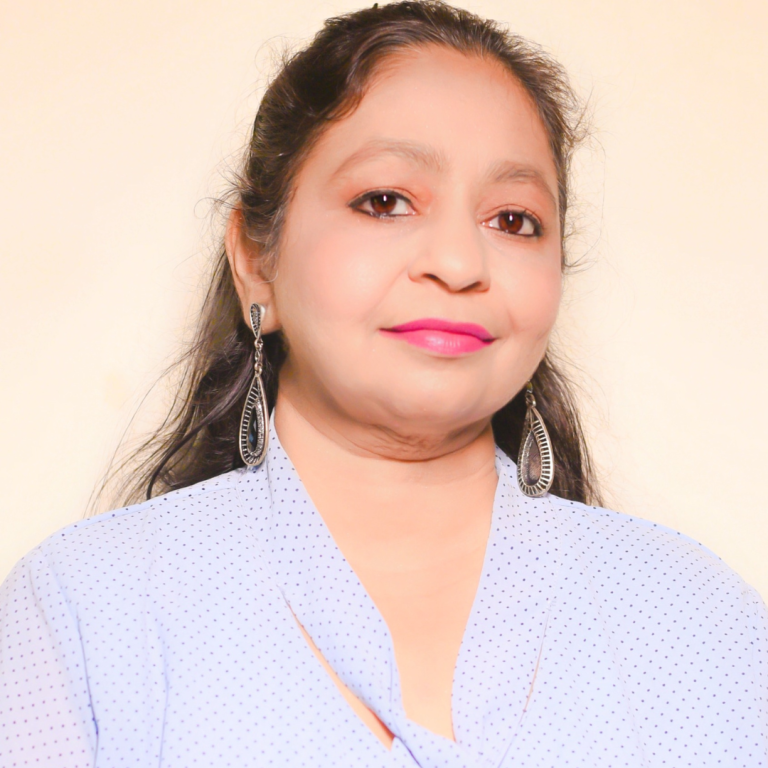
Anujaa Navaratnaa, founder of Mindful Heart – Evolve with Anu agrees. Navaratnaa, a gender affirmative counselling psychologist, transformation coach, and spiritual mentor, who practices in Mumbai, says the images on a deck of tarot cards can sometimes trigger deep-rooted thoughts and memories. Although Navaratnaa believes the cards have specific meaning and deliver clear messages, she does see value in allowing a card to land where it needs to within a person’s awareness.
“The messages that tarot cards deliver often help people to join the dots and to make sense of certain circumstances”, says Navaratnaa.
The tarot also works as a tool for personal story-telling and growth, allowing for the development of the self — the complete process of what Swiss psychiatrist Carl Jung called “Individuation”. ‘Individuation’ refers to transformation effected by bringing the personal and collective unconscious into consciousness, typically with the help of dreams, active imagination, or free association.
An article in Open Culture claims that Jung felt tarot was a doorway to the unconscious. The article also points out that Jung’s verbal descriptions of the tarot’s major arcana inspired artist and mystic Robert Wang to create the Jungian tarot deck.
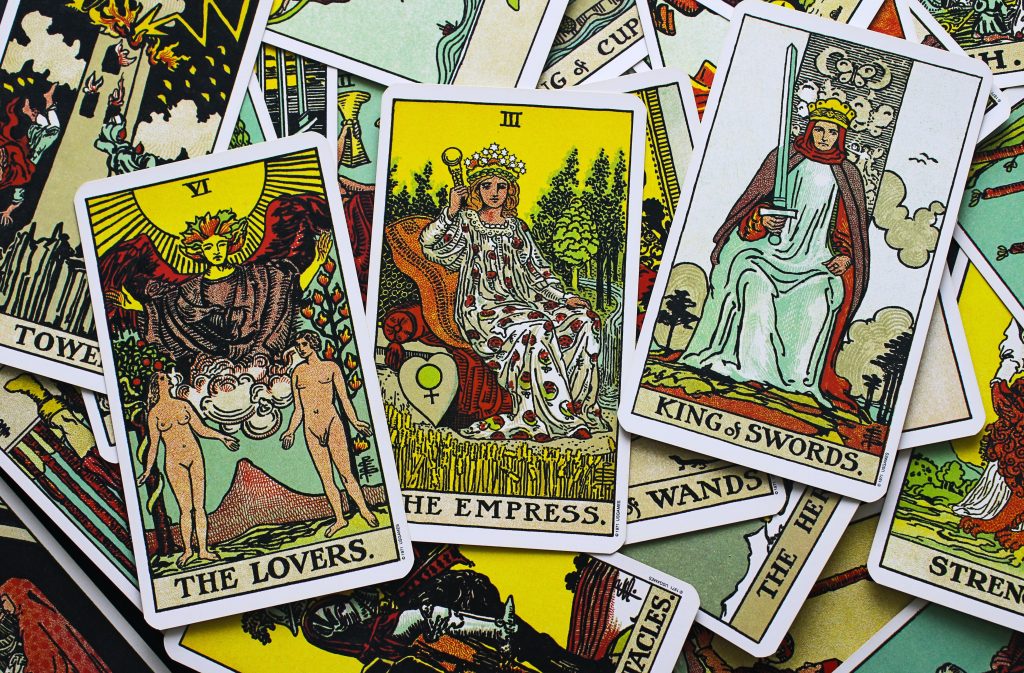
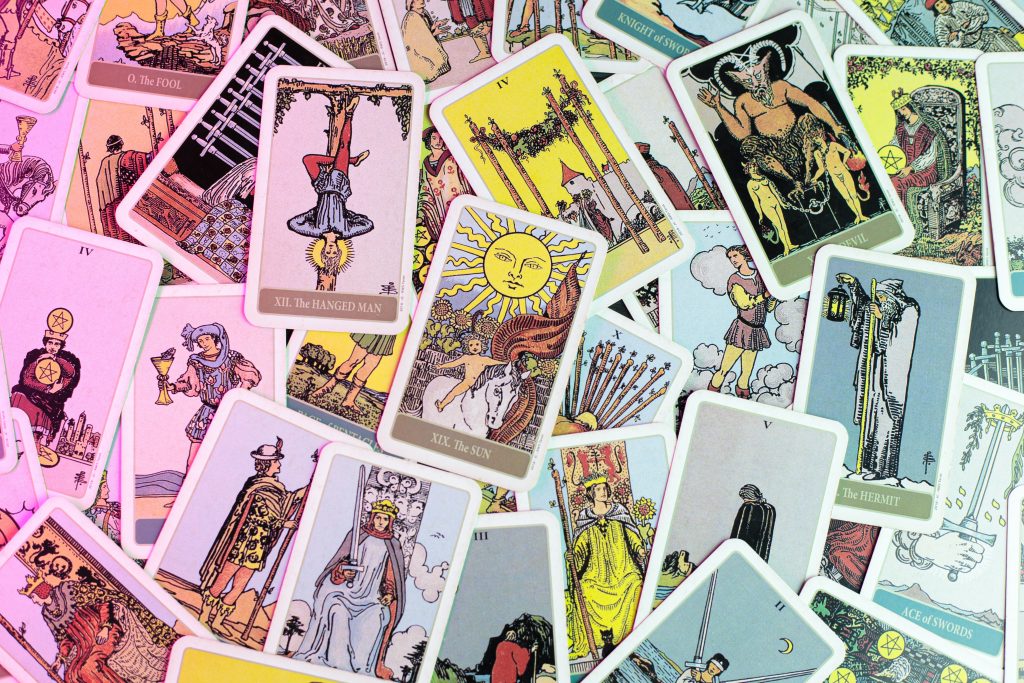
The idea that visuals can allow us to access different parts of our brain, thereby revealing things we didn’t know about ourselves, is not a radical one. Psychotherapists often use the Rorschach inkblot test to get patients to describe how a pattern of ink makes them feel – this affords them insights that a simple question-and-answer session sometimes doesn’t.
Navaratnaa shares that just like people may react differently to the same inkblot pattern depending on their mindset, the same image of a tarot card can sometimes elicit positive or negative emotions. “It depends on the mood and the individual’s thinking at the time,” she says, explaining that when a person is happy, he tends to see the positive elements in the design. Building on this, Navaratnaa says that tarot cards can also sometimes validate one’s gut feeling. “You may need an extra push to sometimes listen to what your subconscious mind was trying to tell you. Tarot can provide that much-needed push – away from a toxic relationship and towards a healthy one, for example,” says Navaratnaa. Navaratnaa, therefore, often combines her practice of tarot with counselling, providing a session to her clients after a reading.
While most traditional psychotherapists would not combine tarot with therapy, the important thing to recognise is that experts like Cooke, often provide people with what is a vital element of therapy: they allow people to feel supported and to feel seen. By removing the rigidity of a formal setting, tarot readings also allow for conversation to flow more freely. And at this time, when uncertainty is the only certainty, tarot may just be the tool you need to come to terms with your true fears and hopes and to be guided by your subconscious mind.
To know more about how to use tarot, listen to Shobana Cooke on my podcast.

